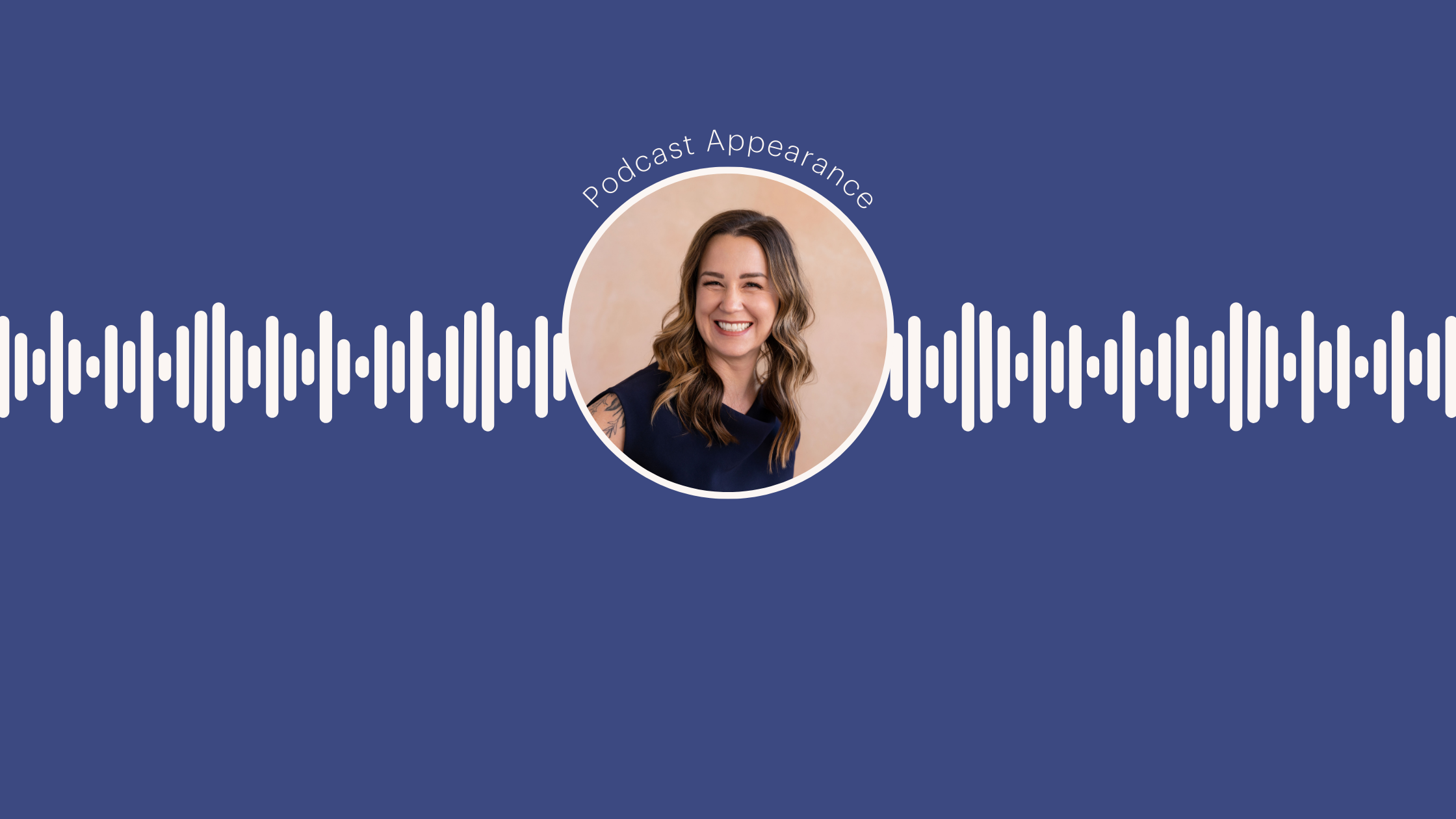Paid Content Promotion 101: A Primer for Successful Campaigns
Key considerations before you invest in your next big promo
The marketing world is a pay-to-play environment for brands vying for a sliver of their audience’s attention. But before you invest in a paid campaign, make sure your owned media ecosystem is up to snuff.
Take these crucial steps before you spend a single cent.
Set the stage
One way or another, your paid content will drive people to an owned property that sets the stage for your narrative – your website, a campaign landing page or microsite.
Wherever it is, the final destination needs to provide value. Otherwise, there’s a slim chance of meeting campaign objectives. Follow through on any promises you make in the paid ads. If you say they’ll be able to hook a slam dunk like Lebron James – you better show them how to do it! Also, make sure your headlines and calls-to-action clarify what your audience should do next.
Test the waters
Like the majority of brands, you probably provide useful content in the form of blog articles, e-newsletters, social posts and more. Take a step back and measure what your audience likes to consume from you. What are they clicking on? What isn’t getting any attention? What keywords or questions do they type in your search box?
Your organic results reveal important insights for your paid strategy. For example, if a social post announcing a shiny new product gets a lot of engagement, promote it to a specific audience segment to maximize exposure and conversion. See if you can get even more mileage out of the news. Facebook teaches you the basics in this quick guide.
Plan the program
Once you know what works and what doesn’t, it’s time to establish your campaign objective. Do you want to increase brand awareness? Drive traffic to a landing page? Prompt online sales? Collect new leads? The example below breaks down the pieces of the puzzle.
- Objective: Build awareness by extending reach to new female audiences.
- Audience: Women, age 25-45+ who value health & wellness
- Content: How-to video on your website
- Budget: 20% of total content development cost
- Tactics:
- Paid social
- Google ads
- Trade newsletter sponsorship
- Paid content syndication
- Metrics:
- Reach
- Number of impressions
- Percentage of video watched
- Click-throughs to site
For pointers on metrics, refer to my post on marketing campaign reporting.
Set a budget with the pros
When you start to dip your toes into paid media, it’s extremely important to keep your goals top of mind. We recommend investing 20 percent of your content development costs into promotion. If you run an eCommerce store, keep the cycle running by reinvesting a percentage of sales revenue.
There isn’t a one-size-fits-all budget for paid campaigns. Determining your budget involves detailed data collection, audience insights and some tried and true experience. If you’re unsure, ask your friendly content marketing agency for support.
Keep going
The paid media cycle continues as you experience more and more success. When you’re ready to promote more content or capture a new audience, you’ll know the drill. Create a strategy. Activate your content through your owned channels. Promote the most engaging content through paid media for growth. And, as always, test, measure and optimize!
About the Author
Lauren Konst is an Account Executive at Muse. With a strong background in integrated marketing and communications, advertising and events, Lauren pitches grassroots marketing ideas and creative solutions to support clients’ business objectives. Throughout her career, she has worked with notable clients including Cleveland Clinic, The Rock & Roll Hall of Fame, Destination Cleveland and Greater Cleveland Food Bank.
More Good Reads

Modern Wellness Customer Personas: 2024
How to target different wellness motivations of consumers in 2024.

Marketing for Wellness Brands: Learn How to Change Your Audience’s Mindset
Attract more patients with marketing for wellness brands that uses strategies & communication focused on positive change.

